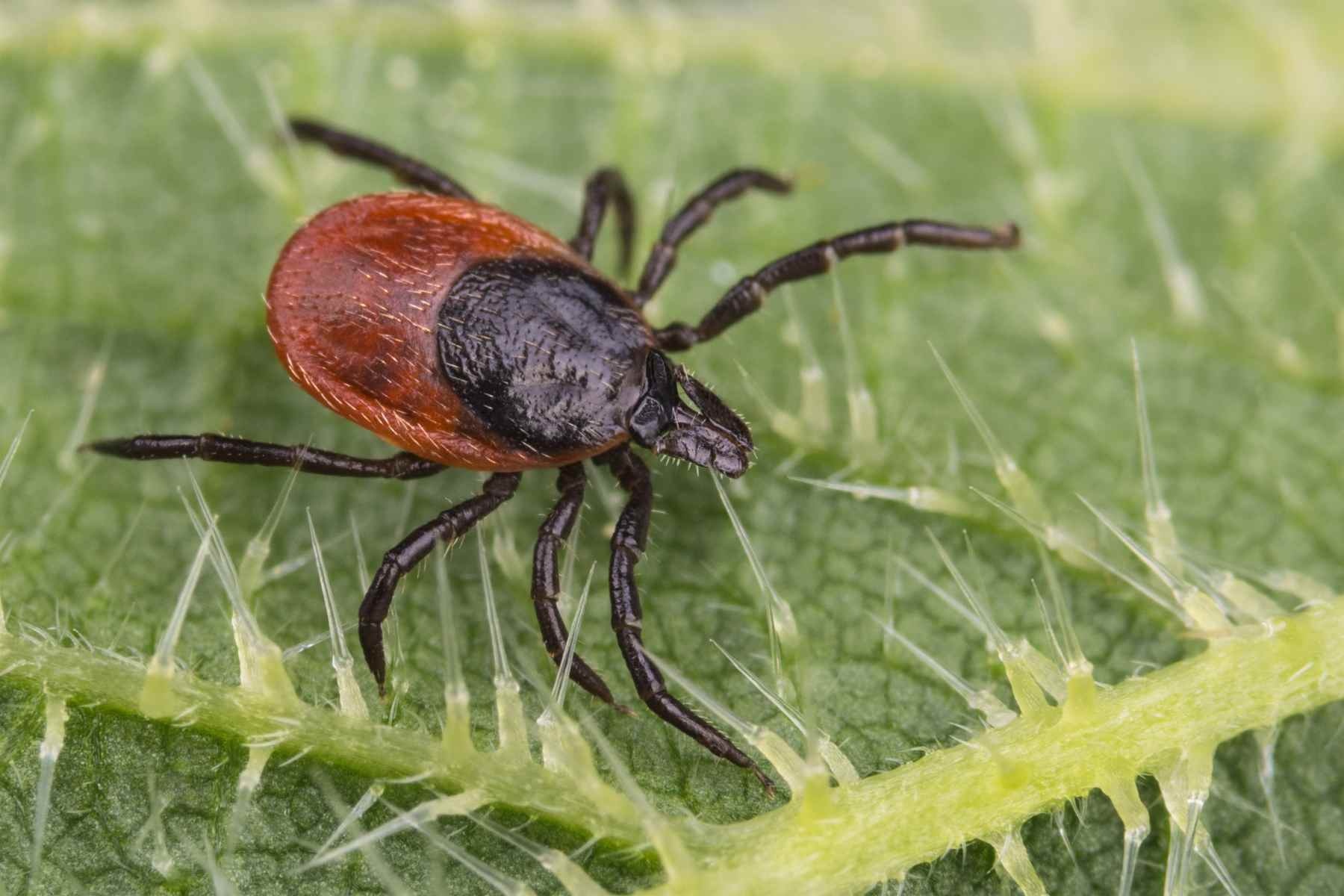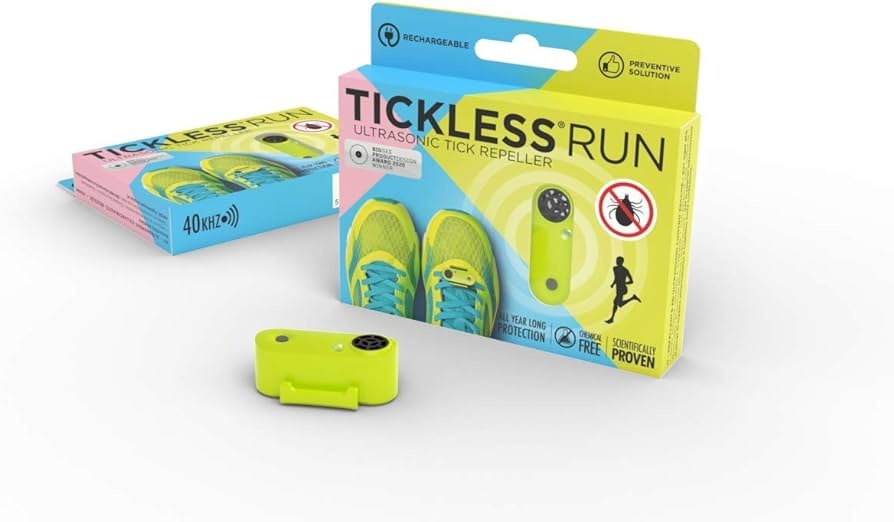Stay Tick-Aware on Your Next Adventure
- Posted on
- By BackTrails
- 0

Heading out for a hike or a run can be a thrilling adventure, but it's crucial to stay mindful of the potential presence of ticks, especially here on the East Coast of Canada. At BackTrails, we want to ensure you have the knowledge and tools you need to stay safe from ticks during your outdoor activities.
What Hikers and Runners Should Know About Ticks
Ticks are small arachnids that can latch onto humans and animals, potentially transmitting diseases. In the East Coast of Canada, particularly in New Brunswick, the black-legged tick is known for carrying Lyme disease. Not all ticks are carriers, but it's essential to take preventive measures as the incidence of Lyme disease has been increasing in our region.
Identifying Lyme Disease-Carrying Ticks
- Black-legged ticks (Deer ticks): These are the primary carriers of Lyme disease. They are typically found in wooded and grassy areas.
- Likelihood of being a carrier: According to recent data, approximately 20-30% of black-legged ticks in New Brunswick carry the bacterium that causes Lyme disease.

Tick Activity in New Brunswick
Ticks are most active during the warmer months, from spring through fall. In New Brunswick, black-legged ticks are becoming more prevalent, so it's important to stay vigilant year-round, especially if you're spending time in wooded or grassy areas.
Preventing Tick Bites
- Wear Appropriate Clothing: Opt for long sleeves, long pants, and tuck your pants into your socks to create a barrier.
- Use Tick Repellents: Apply tick spray to your clothing and exposed skin. At Backtrails, we offer a range of effective tick sprays to keep these pests at bay.
- Stay on Trails: Avoid walking through tall grass and brush where ticks are commonly found.
- Check Yourself Regularly: Frequently check your body for ticks, especially in hard-to-see areas like your scalp, behind your ears, and the back of your knees.
- Be sure to check pets as well, as their long hair often picks up ticks and can bring them into your home.
- Use Tick Deterrents: Products like tickless devices emit ultrasonic pulses that deter ticks and can be easily clipped to your clothing or gear.
Tick Attachment and Lyme Disease Transmission
Ticks can attach and start feeding within minutes to a few hours after landing on a host. However, the transmission of Lyme disease typically takes longer. It usually requires the tick to be attached and feeding for 36 to 48 hours or more before the bacteria that cause Lyme disease, Borrelia burgdorferi, are transmitted. Therefore, prompt removal of ticks within this window can significantly reduce the risk of contracting Lyme disease.

Steps to Remove a Tick Properly
If you find a tick attached to your skin, it's crucial to remove it promptly and correctly to reduce the risk of disease transmission. Here's how:
- Use Fine-Tipped Tweezers (or tick specific removers): Grasp the tick as close to the skin's surface as possible.
- Pull Upward Steadily: Apply steady, even pressure without twisting or jerking to avoid breaking the tick's mouthparts.
- Clean the Area: After removing the tick, thoroughly clean the bite area and your hands with rubbing alcohol, an iodine scrub, or soap and water.
- Dispose of the Tick: Place the tick in a sealed bag, wrap it in tape, or flush it down the toilet. Never crush a tick with your fingers.
At Backtrails, we carry Tick Twisters and Tick Wranglers—both of which are designed to make tick removal easier and safer. These tools are a must-have for any outdoor adventurer's first aid kit.


What to Do If Bitten
- Monitor the Bite Site: Look for signs of Lyme disease, such as a rash (often in a bullseye pattern), fever, chills, headache, fatigue, muscle and joint aches, and swollen lymph nodes.
- Seek Medical Attention: If you develop any symptoms of Lyme disease or other tick-borne illnesses, consult a healthcare provider promptly. Early diagnosis and treatment are crucial.
Tick Prevention Products at BackTrails
- Tick Twisters and Tick Wranglers: Essential tools for safe tick removal.
- Tick Spray: Effective repellents to keep ticks away from your skin and clothing.
- Tickless Devices: Innovative ultrasonic devices that deter ticks without chemicals.


Final Checklist Before Heading Out
- Apply tick repellent.
- Wear appropriate clothing and gear.
- Carry a tick removal tool.
- Conduct frequent tick checks.
- Stay informed about local tick activity.
At Backtrails by The Radical Edge, we're committed to helping you enjoy your outdoor adventures safely. Visit our store in Fredericton to stock up on all the tick prevention and removal products you need for a worry-free adventure.

Comments
Be the first to comment...